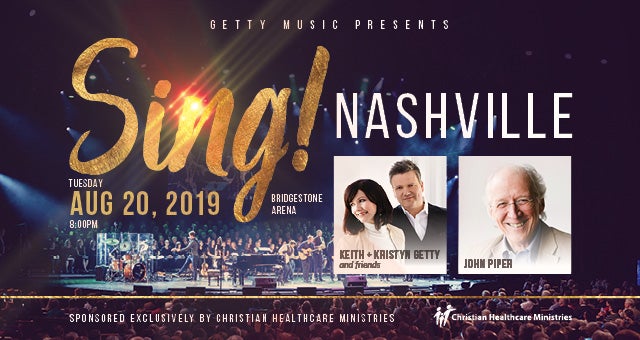HALF OF AMERICA'S KIDS SUFFER FROM CHRONIC ILLNESS & IT'S GETTING WORSE
BY MARCO CACERES
republished below in full unedited for informational, educational and research purposes:
It is hard to imagine a country where half of the children born will be diagnosed with autism. Yet, that is the scenario that senior research scientist Stephanie Seneff, PhD of the Massachusetts Institute of Technology’s (MIT) thinks the United States may face in 2025. I wrote about this in my last article in The Vaccine Reaction titled “A Nation Where Half of the Children Become Autistic?“1
Think of it. If American families with children continue to have an average of two children per family,2 3 within six years the typical family in the U.S. will likely have one autistic child. That will be the new norm. By then, many Americans will have forgotten that in the 1980s, the autism rate in the U.S. was reported at 1 in 10,000 children,4 and that even as recently as the turn of the 21st century it was unusual to have or know someone whose child or grandchild had been diagnosed with symptoms of autism.
A future scenario in which half of the children born in this country will develop autism could be just around the corner. Yet, there appears to be relatively little urgency on the part of public health officials, doctors and educators to understand what is causing this historic change in the health profile of so many children and to consider all possible causes of the autism epidemic, leaving no stone unturned. The tripling of the numbers of vaccinations children get in the past three decades is a potential co-factor that is largely being ignored by leaders in the scientific and medical communities who stubbornly insist on taking the position that, “What must not be, cannot be.”5
As Harris Coulter and Barbara Loe Fisher wrote in their seminal book DPT: A Shot in the Dark, “It must not be true because, they think, whatever will we do if it is true?”5
There is no emergency health crisis in the U.S. right now that compares to the possibility that, in the future, one in two children born will develop autism. But there is one that is vaguely similar that may provide an indication of what is to come and that is evidence that there is a chronic illness epidemic that is already affecting millions of American children.
In 2001, NVIC co-founder and president Loe Fisher gave a presentation at a public workshop of the Institute of Medicine Immunization Safety Review Committee and said:
Individual and public health is not measured solely by an absence of infectious disease. Today, instead of epidemics of measles and polio, our children are experiencing epidemics of chronic disease and disability. In the past 20 years, rates of asthma and attention deficit disorder have more than doubled; diabetes and learning disabilities have tripled; and autism has increased by 300 percent or more in most states. Our public school systems are unable to build or staff special education classrooms fast enough to serve the millions of chronically disabled and ill children and the 425 billion dollar annual health care price tag to treat chronic disease continues to climb. The larger unanswered question is: has the increased administration of multiple vaccines in the first three years of life, when the brain and immune systems develop most rapidly, been an unrecognized co-factor in the epidemics of chronic disease and disability plaguing so many children today.6
A study published in 2011 in the journal Academic Pediatrics found that an estimated 54.1 percent of children in the U.S. suffered from at least one chronic illness.7 According to the study:
An estimated 43% of U.S. children (32 million) currently have at least 1 of 20 chronic health conditions assessed, increasing to 54.1% when overweight, obesity, or being at risk for developmental delays are included; 19.2% (14.2 million) have conditions resulting in a special health care need…7
Those statistics are now nearly a decade old, so it is likely that the problem has gotten worse. Additionally, for every child in the U.S. who has been diagnosed with a chronic illness, there are millions more who suffer from undiagnosed chronic illnesses.8 9
According to one source, 1 out of 5 children in the U.S. suffers from allergic eczema. One 1 of 6 children suffers from a mental health disorder, 1 in 6 from a learning disability, at least 1 in 8 from asthma, 1 in 10 from dyspraxia, at least 1 in 10 from ADHD, 1 in 12 from food allergies, 1 in 20 from pediatric depression or anxiety, 1 in 30 from severe mood dysregulation, 1 in 36 from autism, etc.7
A 2011 article in Age of Autism asked…
Why? When did school nurses become pharmaceutical specialists? When did reading and writing require an Epi-pen? Why does a jar of Skippy need a skull and crossbones for so many kids? When was Romper Room replaced by Early Intervention? And when did the gee-whiz days of youth come to mean G-tubes for feeding? Our kids are sick. Pediatrics has failed them miserably despite dozens of “well” visits before school age. What the hell has gone so wrong?10
Nobody seemed to know then, and nobody seems to know now.
As Judy Converse, MPH noted in a 2016 article, “Over half of U.S. children now suffer from a chronic condition, disability, or disease. Americans spend the least on food, the most on health care, have the most highly vaccinated kids, and have the sickest kids of any industrialized country.”11
She also asked the question, “When it comes to this topic of chronically ill kids, do you have moments that pierce the bubble of consciousness and take your breath away?”11
My answer to that question is a resounding YES! Every day. But I would add that the situation is nothing compared to what our country has been experiencing with autism and even less when compared to the catastrophe we’re headed for with autism in the next few years. In the meantime, those who have been entrusted with trying to figure out the cause of this health crisis are shrugging their shoulders and saying, “We just don’t know, but we’re real sure it couldn’t be vaccines. Besides, don’t you remember that debunked MMR study from two decades ago?”
It feels like the Titanic is sinking and all the crew can manage to do is busy itself rearranging the deck chairs.
This article or commentary provides referenced information and perspective on a topic related to vaccine science, policy, law or ethics being discussed in public forums and by U.S. lawmakers. The websites of the U.S. Department of Health and Human Services (DHHS) provide information and perspective of federal agencies responsible for vaccine research, development, regulation and policymaking.
References:


